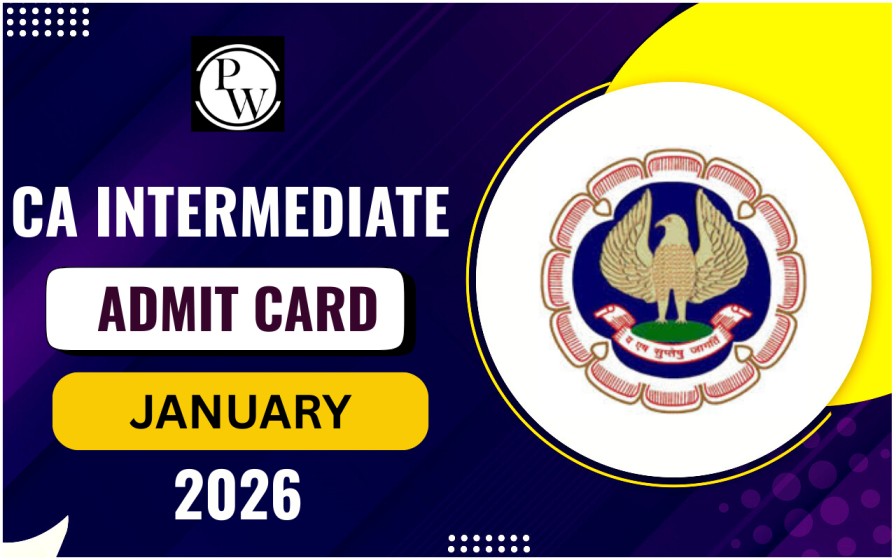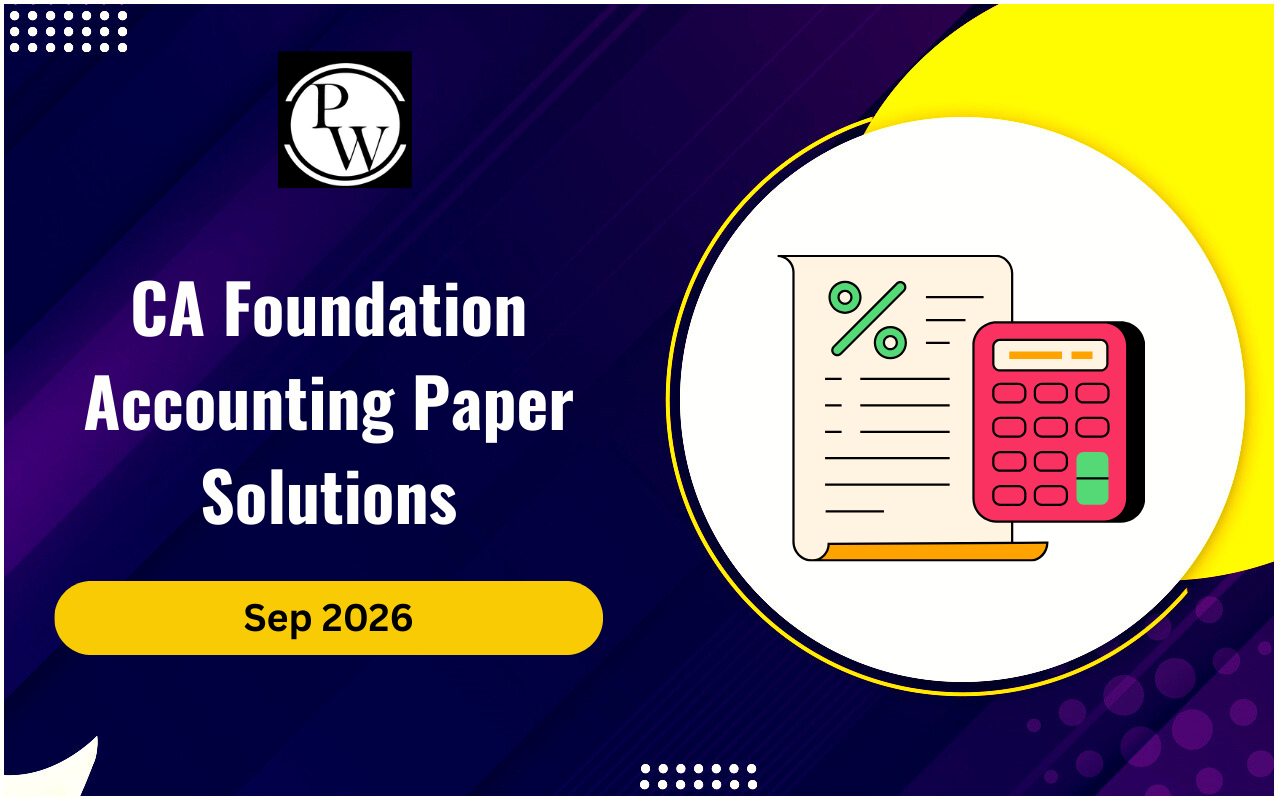
Tangible assets are physical items that a company owns, such as buildings, equipment, or machinery. On the other hand, intangible assets are valuable resources that do not have a physical form, like patents, trademarks, or brand reputation. Understanding the difference between tangible and intangible assets is important, especially if your company manages a variety of these resources.
This article will explain what tangible and intangible assets are and highlight the key differences between them for CA Exams .What Are Tangible Assets?
A tangible asset is a physical resource with a definite monetary value. These assets are typically bought and sold in markets, although their liquidity can vary depending on the market conditions. Tangible assets differ from intangible assets in several ways. They are the primary form of assets in most industries and are easier to value due to their physical nature. Tangible assets have a specific, measurable value, making it simple to distinguish them on a company’s balance sheet. Examples of tangible assets include land, buildings, machinery, and equipment. These assets are crucial to the operations and revenue generation of businesses, which is why maintaining and preserving them is essential for long-term success.Characteristics of Tangible Assets
The following are some characteristics of Tangible Assets:Physical Existence : Tangible assets have a clear physical presence, meaning they can be seen, touched, and measured. They have a specific form that can be quantified.
Value Appreciation : Some tangible assets, like real estate or collectibles, can increase in value over time. Factors like market demand and scarcity can impact their worth.
Utility : These assets are essential for business operations, as they are used in the production of goods or delivery of services, directly contributing to generating revenue.
Maintenance and Depreciation : Tangible assets require regular upkeep to maintain their value and functionality. They may lose value over time due to wear and tear, technological advancements, or shifts in market trends.
What Are Intangible Assets?
An intangible asset is a non-physical asset that holds value for a business. Examples of intangible assets include goodwill, intellectual property (such as patents, copyrights, and trademarks), and brand recognition. Unlike tangible assets like land, machinery, or inventory, intangible assets don't have a physical form. However, they can often be far more valuable to a business and play a key role in long-term success. For instance, a company's brand name is an intangible asset that remains with the business throughout its existence. Over time, intangible assets have become more prominent on company balance sheets. As businesses recognize their significance, there is a growing focus on properly maintaining and valuing these assets, which will continue to be essential as companies look to the future.Characteristics of Intangible Assets
Intangible assets have several key characteristics:Non-Physical: Unlike tangible assets, intangible assets cannot be touched or seen as they exist in legal or intellectual forms.
Intellectual Property: These assets are often protected by intellectual property rights, such as patents, copyrights, and trademarks, which give the owner exclusive control.
Rights-Based Value: The value of intangible assets comes from the rights they provide, like brand reputation, market recognition, or technological advancements.
Challenging Valuation: Estimating the value of intangible assets can be difficult due to their non-physical nature. Methods like market research, cost approaches, or income approaches are commonly used to assess their worth.
Difference Between Tangible and Intangible Assets FAQs
What are tangible assets?
What are intangible assets?
How are tangible assets valued?
Why are intangible assets important?
How do tangible and intangible assets differ?










